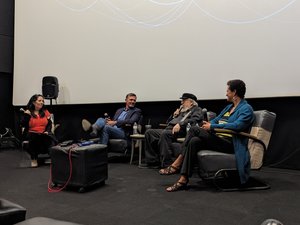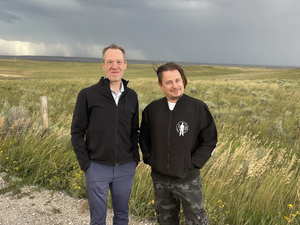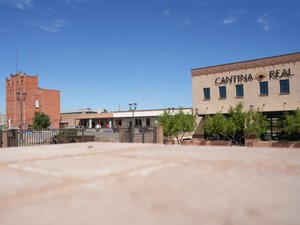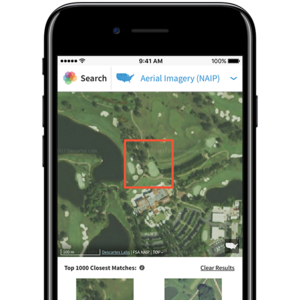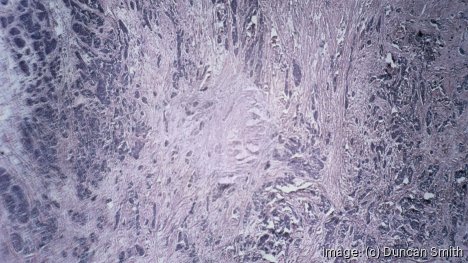
A two-person team at Los Alamos National Laboratory is pioneering an artificial intelligence-backed ultrasound technology that could help detect breast cancer much earlier.
Lianjie Huang, Ph.D., is the principal investigator on the breast cancer detection technology research project. He, alongside Mike Craig, a medical technology researcher at Los Alamos, make up the team.
Huang came up with the idea to use ultrasound technology — typically used to show fetuses inside peoples' wombs — to find small, potentially cancerous tumors, down to around the two-millimeter size. As opposed to mammography, which is an X-ray technology, ultrasound uses sound waves to produce images of structures inside the body.
That ultrasound technology is then paired with a machine learning model that's been trained on thousands of images of cancerous tumors. That way, when an ultrasound test produces an image, the artificial intelligence (AI) can quickly identify the type of tumor and provide the patient with more efficient and accurate information.
While that technology is still in the research and development phase, Craig — who recently pitched the technology as part of the DisrpTECH tech presentation program held by Los Alamos National Laboratory's Richard P. Feynman Center for Innovation — said he and Huang hope to spin it into a profitable business.
That could take a couple of years, though. Craig said he's currently going through some customer discovery and market research programs, including the Department of Energy's Energy I-Corps program.
Craig said the ultrasound technique could provide an "interim" technology between mammograms by rolling it out through existing OB-GYN providers. Further down the road, the pair could offer the technique in a direct-to-consumer model via a "simplified transducer" device to allow patients to conduct ultrasound tests themselves.
"That's a long way off, but that's a potential long-term solution as well," Craig said. "And so therefore, those women who are higher risk, if you want to test yourself monthly you would have that opportunity."
To scale the technology to that level, the team is looking for around $7 million in two pieces — an initial $3.5 million to get a prototype built and to secure Food and Drug Administration approval, and another $3.5 million to build the business infrastructure. That money could come from a range of different sources, from federal grants to venture capital, Craig said.
Ultimately, it's the size of the market for artificial intelligence-based companies, plus the need for more innovative cancer technologies, that Craig hopes can help the Los Alamos National Laboratory technology grow into a successful business.
"What we hope to be selling is the intelligence of the algorithm and its ability to differentiate between cancers," Craig said. "That's what's been developed by Lianjie [Huang] and the labs, all the basic [research and development] that happens at the labs builds into this. It's a huge amount of infrastructure to build on."
